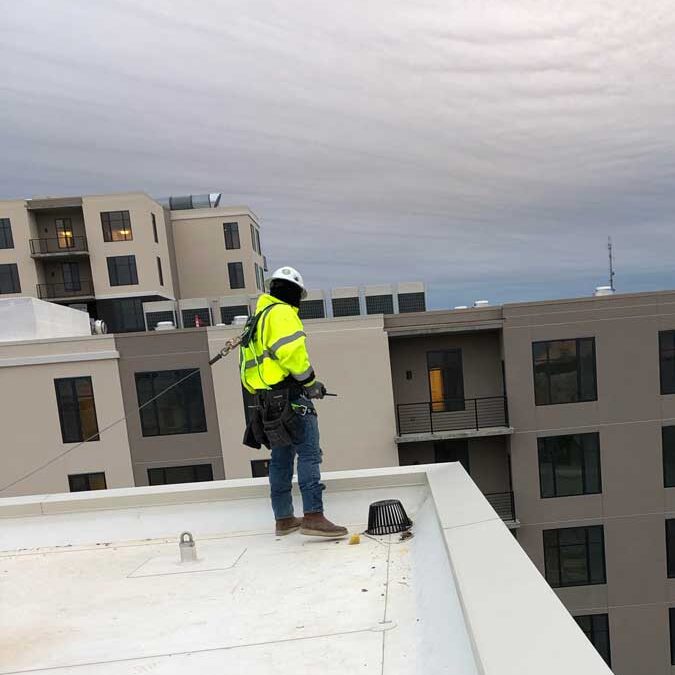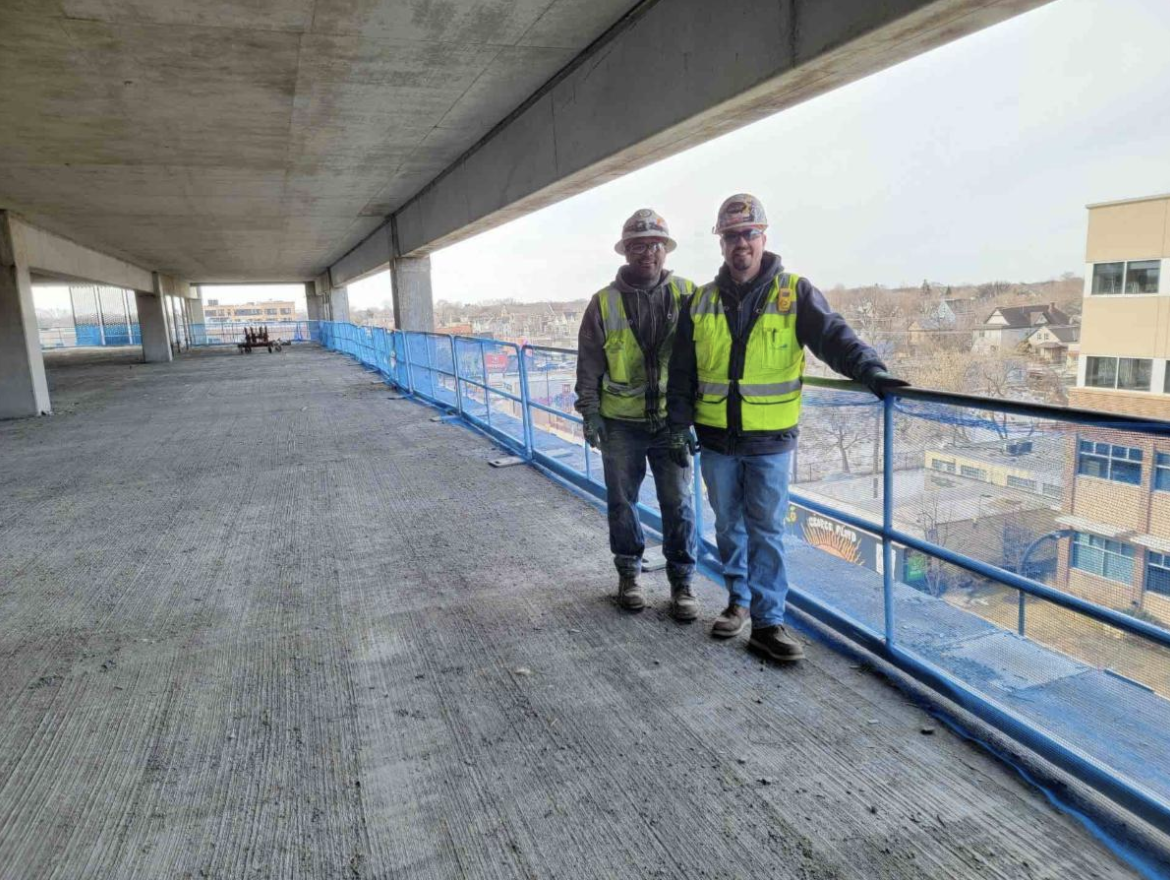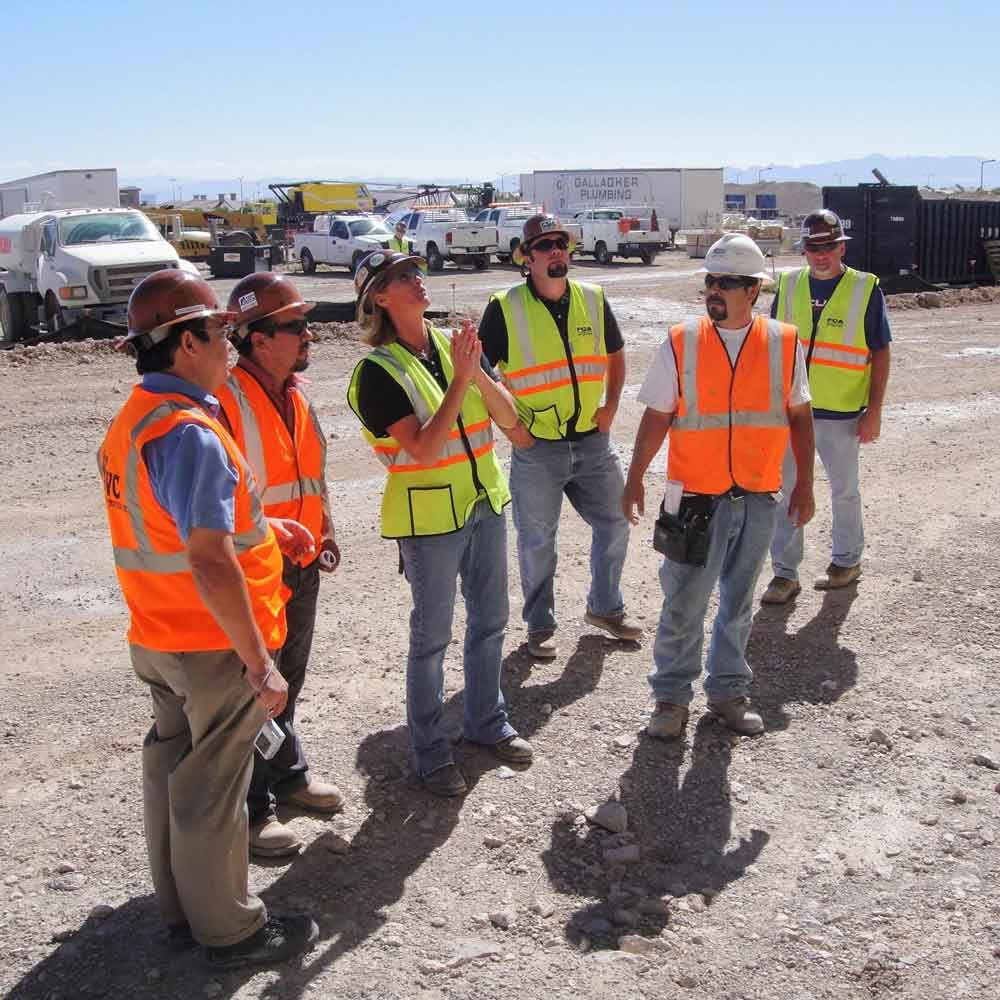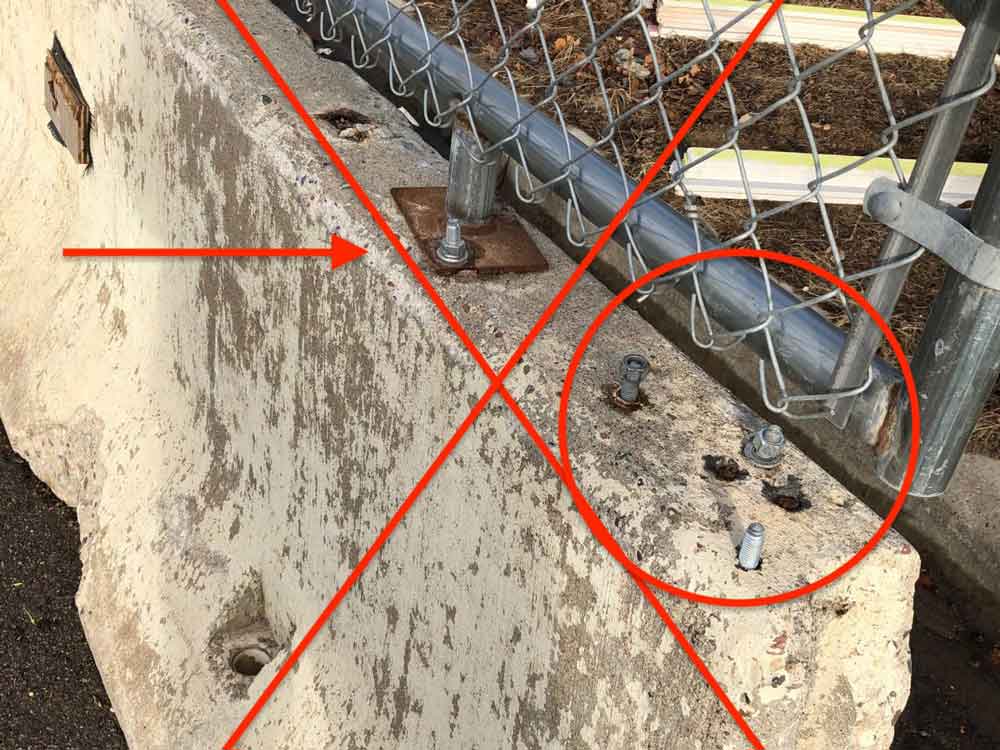When it comes to safeguarding workers from falls in construction, choosing the right fall protection system can mean the difference between life and death.
As safety professionals, we describe safety systems as either “active” or “passive” to identify the type and amount of interaction required by the worker. But what distinguishes active fall protection systems from passive fall protection systems? And how can worker behavior influence their effectiveness?
What is an Active Fall Protection System?
Active fall protection systems demand proactive involvement from workers and can include a harness, lifeline, anchor, lanyard, hooks etc…
With active fall protection systems workers have to physically put on their harness. They are responsible to physically tie up to an anchor point. We often see safety at risk when workers have to make decisions involving connecting to suitable anchor points or determining necessary clearance distances to ensure a worker doesn’t hit the ground before active fall arrest equipment stops them. While active fall protection systems offer effective protection, they rely on proper training and usage.

“The challenge with active fall protection arises when there is a lack of training or the employee forgets how to properly use the system or is unsure of the best active fall protection for the application. This can lead to serious consequences,” says Deb Hilmerson, President & CEO of Hilmerson.
“Perhaps workers’ mindsets are: ‘It will only take me a minute,’ ‘Tying off is too restrictive and cumbersome,’ ‘I’m too lazy to go and get a retractable. I’ll just use what I have here because I’m tired,’ or ‘my boss didn’t give me the right equipment.’ Alternatively, they may skip active fall protection altogether to stay on schedule and finish a task because they don’t want to upset their boss.”
Active fall protection requires ongoing specialized training and supervision. Workers need to have a full understanding of what personal equipment is best for different applications and heights.

What is a Passive Fall Protection System?
Passive fall protection systems , like guardrails are static systems that provide continuous protection without requiring active engagement from workers, offering a reliable barrier against falls. Passive guardrail system’s take daily on-the-job decision making out of the equation. Once the guardrail system is properly installed workers on the job no longer have to worry about their fall protection needs. At Hilmerson we refer to this as “set it and forget it”.
Lack of knowledge, tools or equipment is not a factor with a passive fall protection system. Workers are safe within the confines of the guardrail system unless they choose to climb over it.
Ultimately, both passive and active fall protection systems play vital roles in safeguarding workers in construction.
By leveraging a combination of these measures, pre-planning and prioritizing proper training and equipment usage, companies can create safer worksites and protect their most valuable asset—their workforce.
Ongoing training and equipment maintenance is critical with any fall protection system. “It’s not just having it, it’s making sure it’s the right equipment and in good shape,” says Hilmerson. Regular inspection and maintenance of fall protection systems are essential to ensure their reliability and effectiveness in protecting workers from potential hazards.
About Hilmerson Safety
Hilmerson Safety® is a full-service safety product design and manufacturing company serving the construction industry. Since 2001 Hilmerson Safety® has been working with construction industry leaders and contractors to develop safe, lean, construction-grade™ products and solutions that add to the company’s bottom line.
For more information email us or call (952) 239-0125




